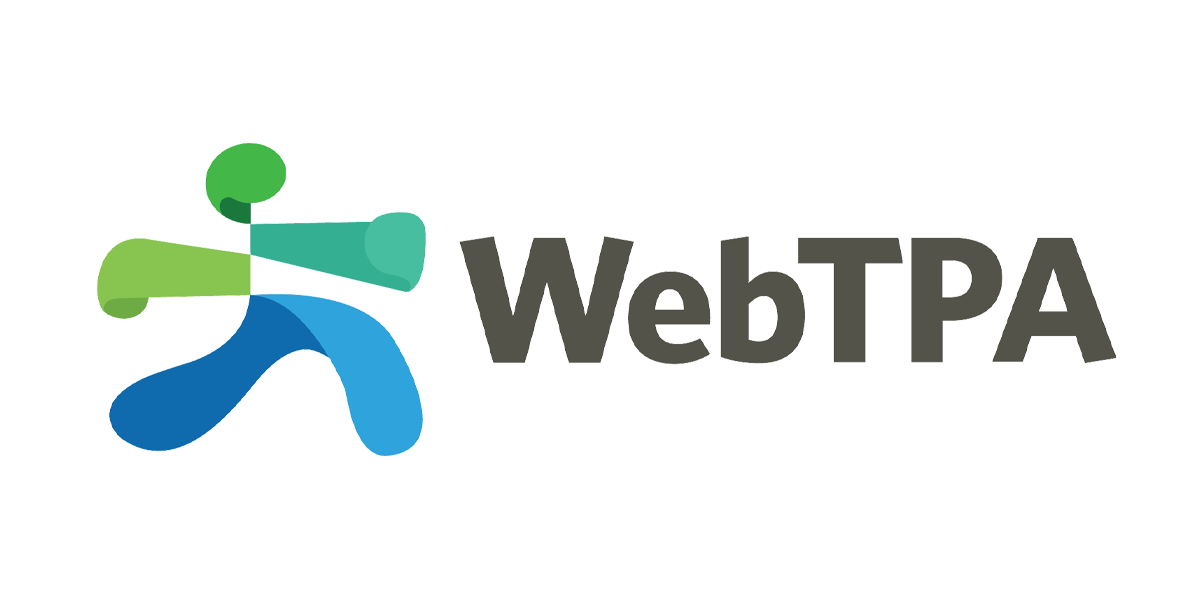Innovative data integration in 2024: Pioneering the future of data integration
An AI-powered data integration platform provider called K2view leverages machine learning for data discovery, schema matching, and data quality management.

An AI-powered data integration platform provider called K2view leverages machine learning for data discovery, schema matching, and data quality management. Their AI engine can automatically learn data structures and relationships, simplifying the integration process and minimising the need for manual configuration.
AI-powered data integration solutions are particularly effective in handling complex, unstructured data sources, such as social media feeds, sensor data, and customer interactions. By applying natural language processing (NLP) and computer vision techniques, these tools can extract meaningful insights and integrate data from diverse formats, languages, and locations. This enables organisations to unlock the full potential of their data assets, making informed decisions and driving innovative business strategies.
Serverless data integration
The rise of serverless computing has also transformed the data integration landscape. Serverless data integration platforms eliminate the need for traditional server infrastructure, allowing organisations to focus on the core functionality of their data integration processes rather than managing the underlying hardware and software.
According to a recent forecast by Grand View Research, the global serverless computing market is expected to reach a staggering $21.4 billion by 2025. Serverless data integration solutions leverage cloud-based services, such as AWS Lambda, Google Cloud Functions, or Azure Functions, to execute data integration tasks on demand without needing dedicated servers or resource provisioning. This approach offers several benefits, including scalability, cost-efficiency, and reduced maintenance overhead, as the cloud provider handles the infrastructure management and scaling.
A study by Flexera shows that organisations using serverless data integration platforms can achieve up to a 40% reduction in operational costs compared to traditional approaches. However, it’s important to consider some potential drawbacks of serverless architecture.
Vendor lock-in
Reliance on a specific cloud provider’s serverless functions can make it difficult to switch to another provider in the future.











